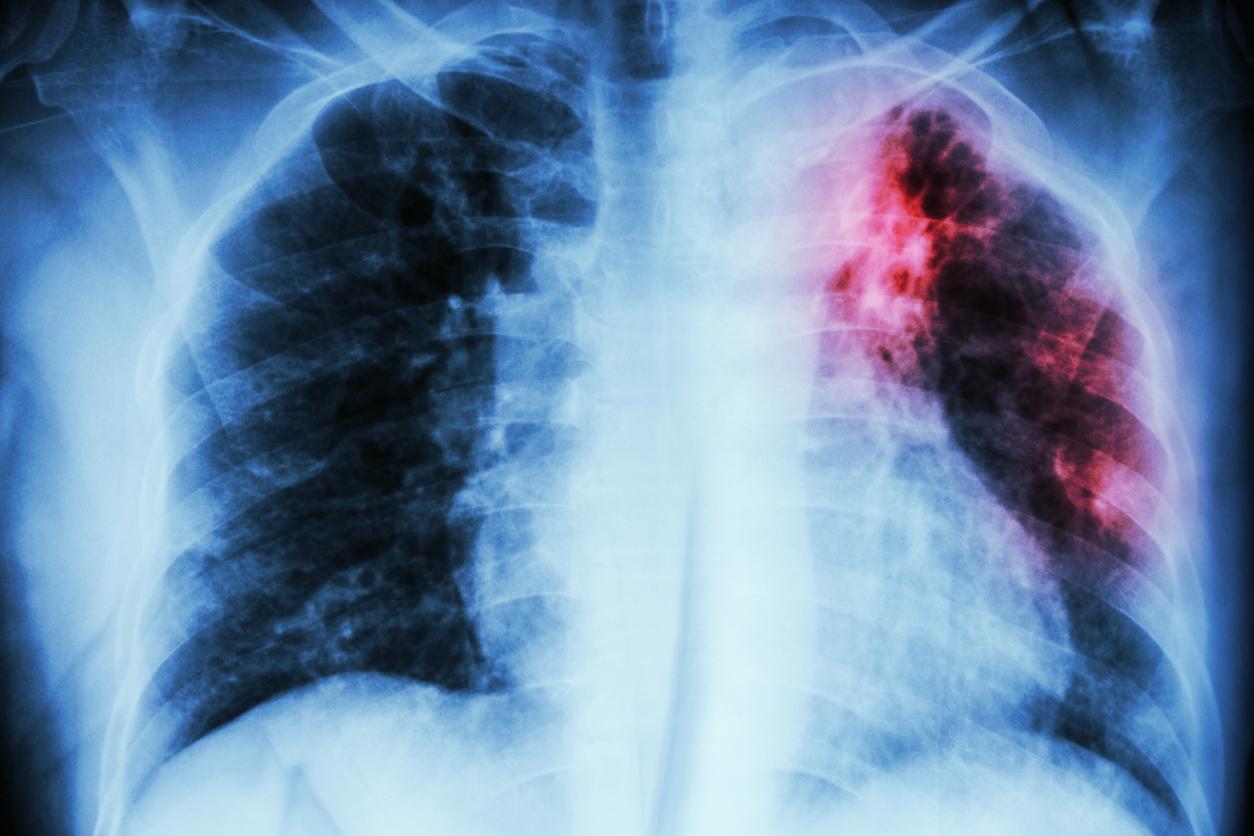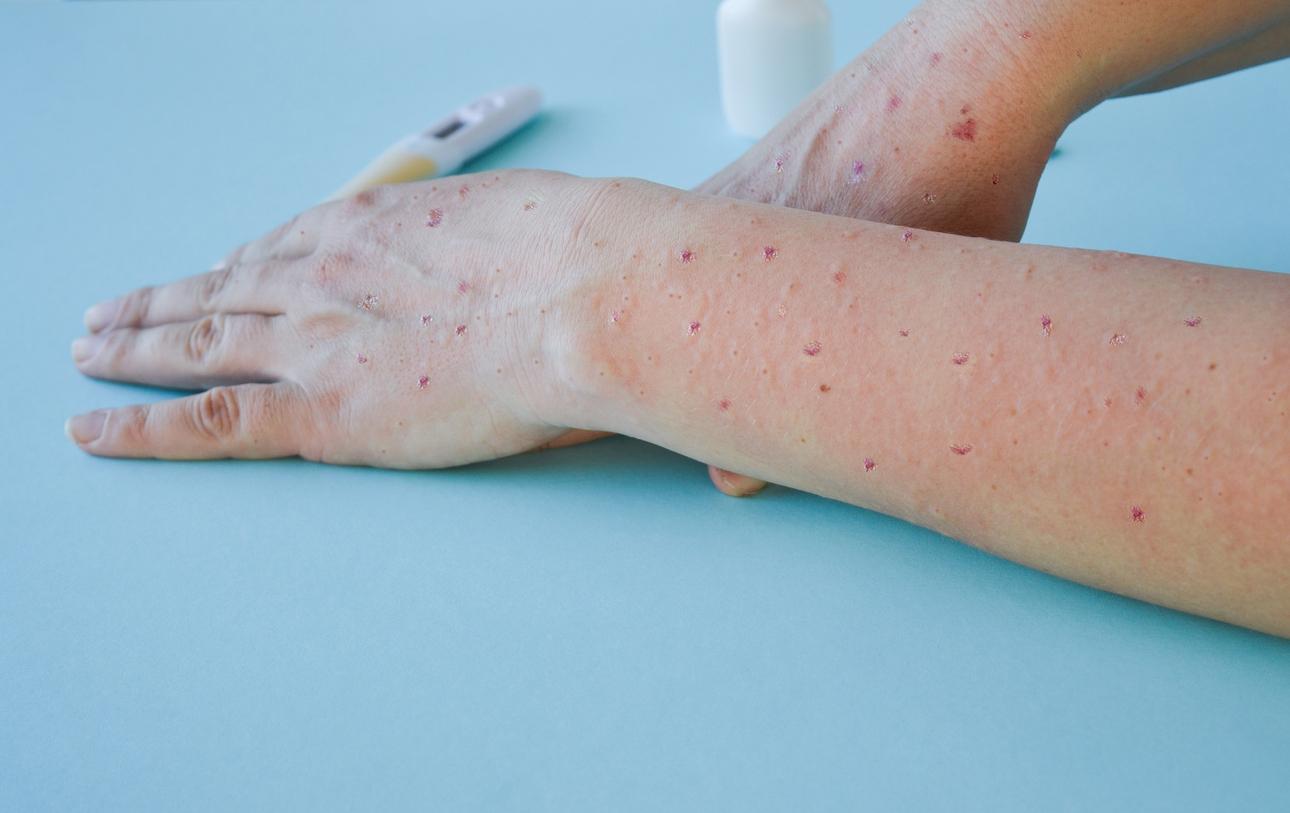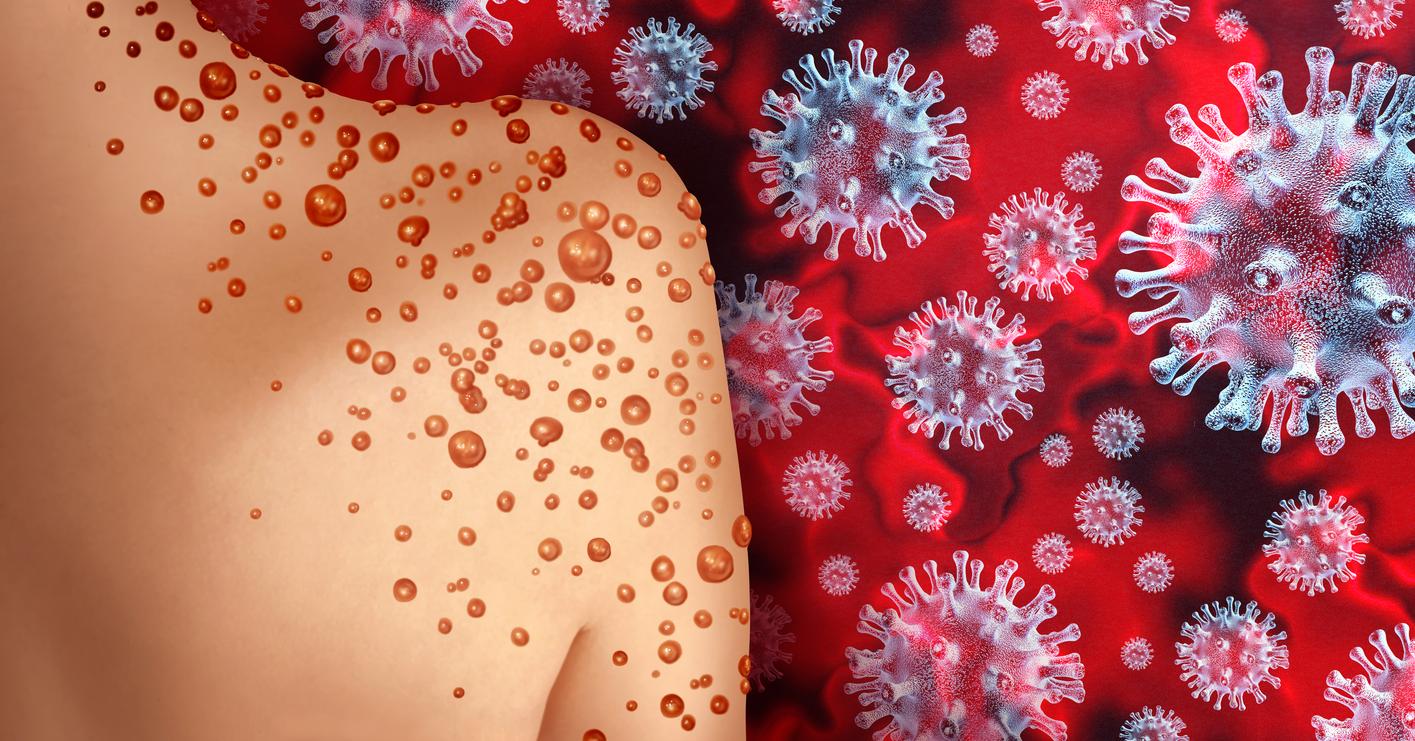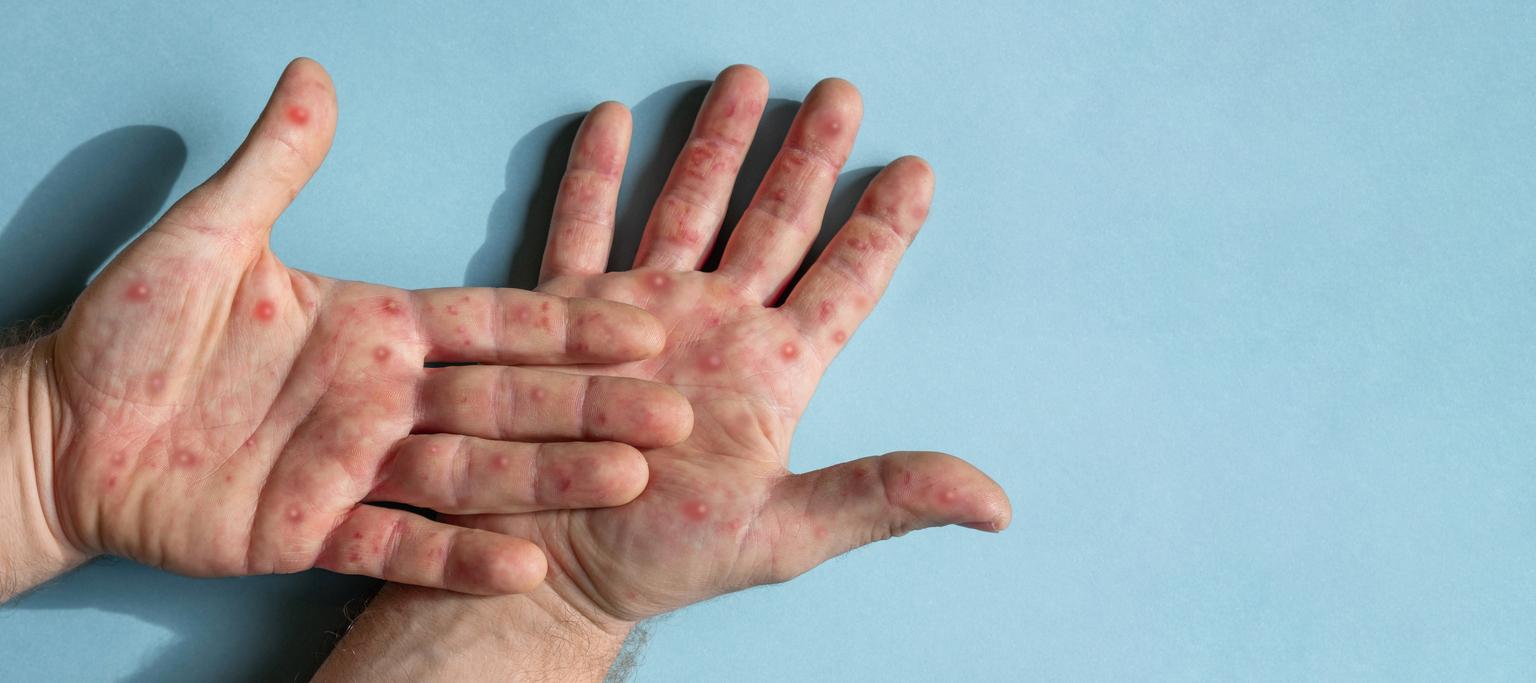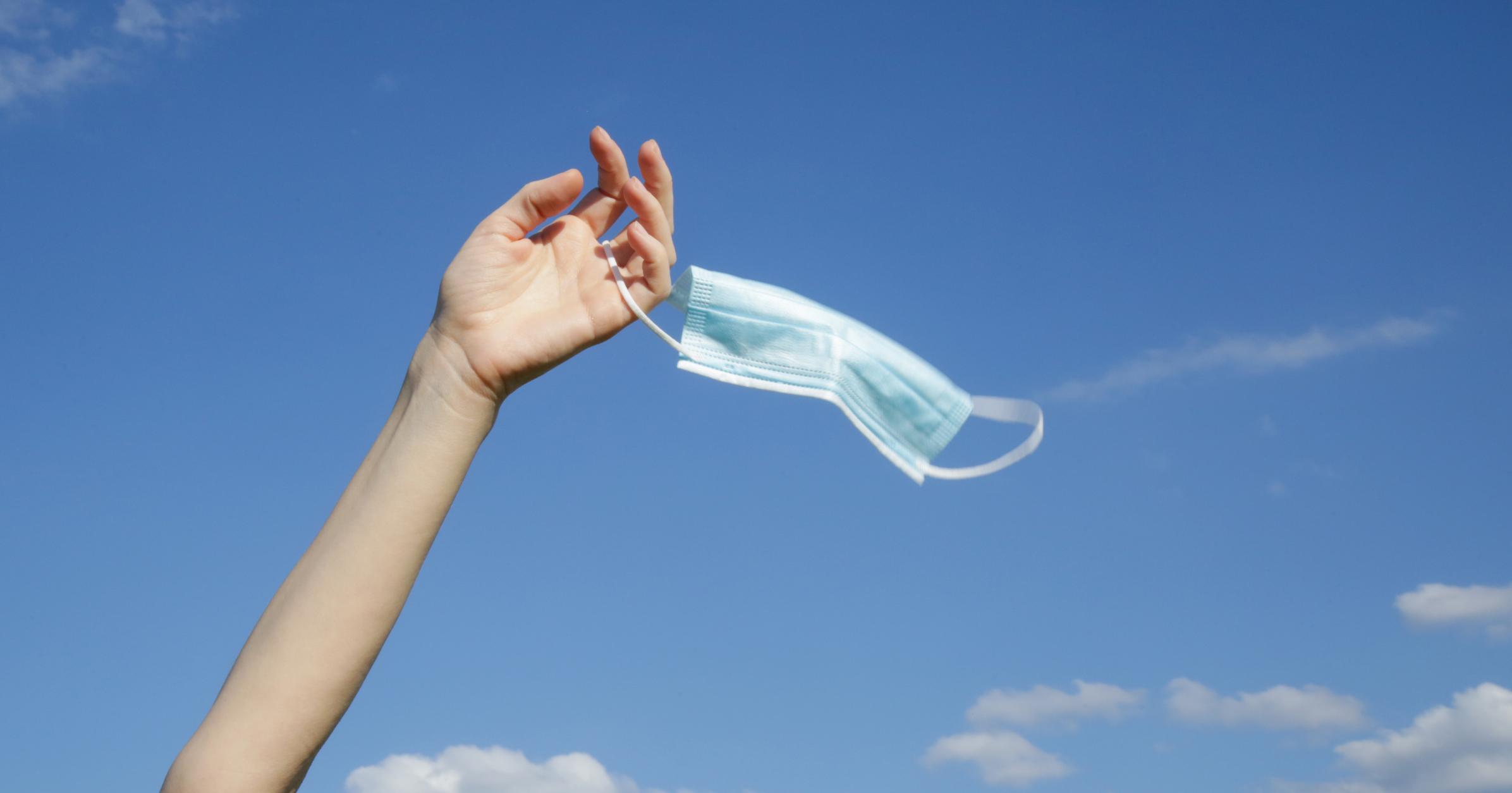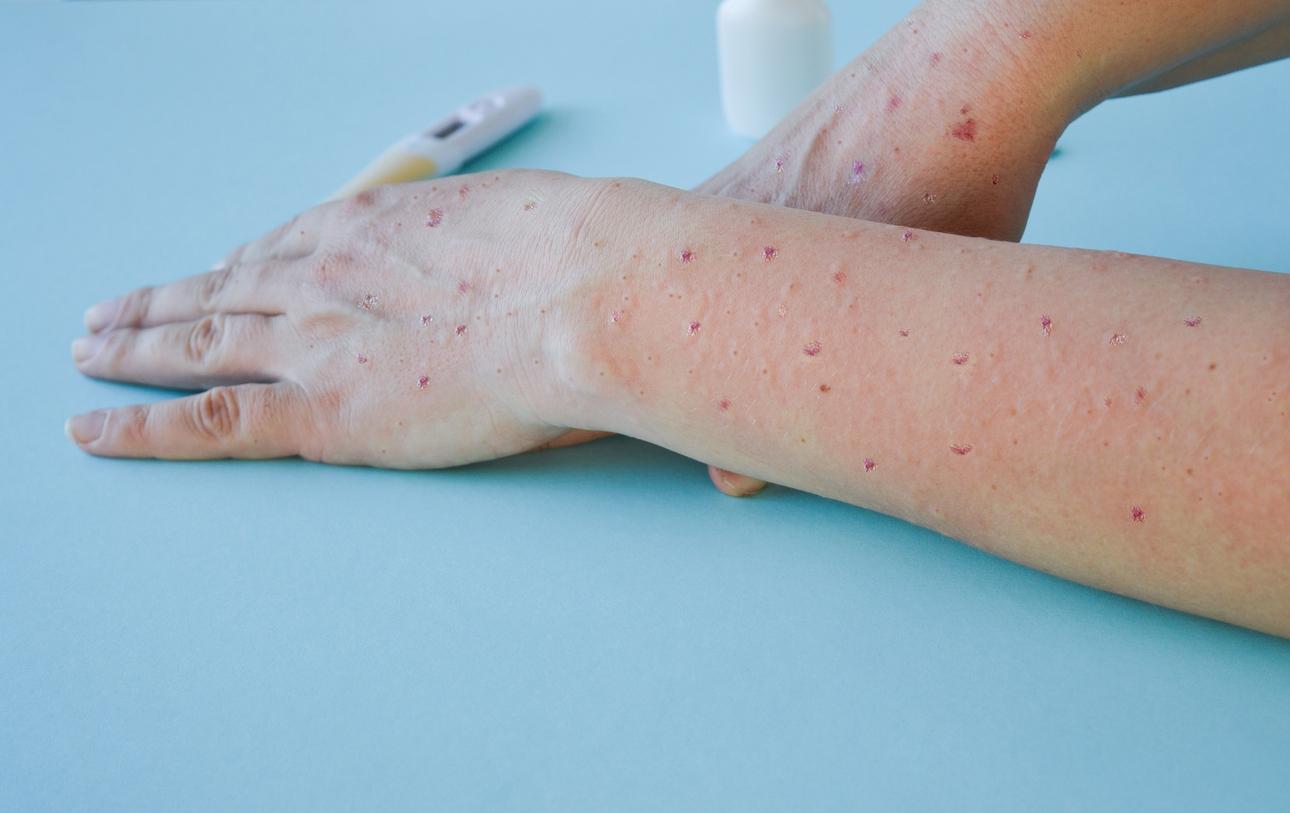“A working group of 29 international experts has classified talc as probably carcinogenic to humans (group 2A),” says the WHO.
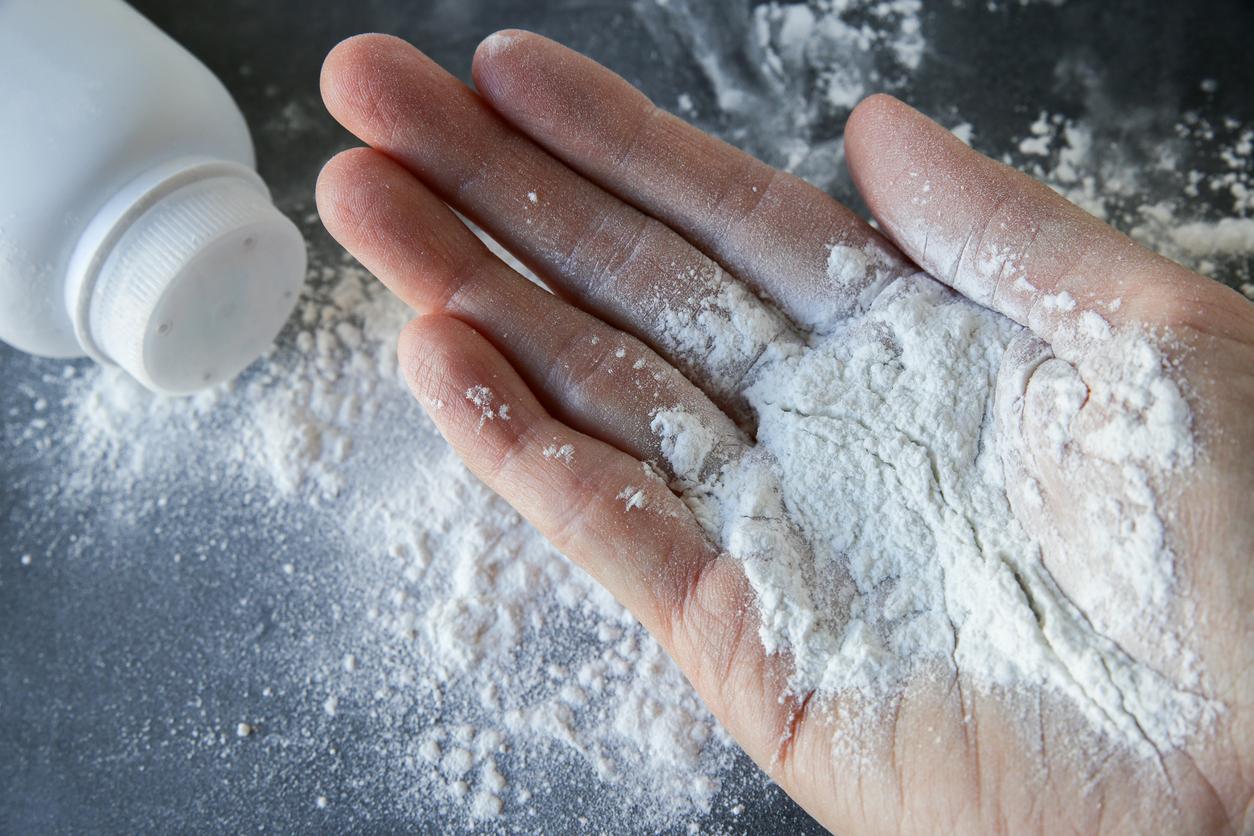
- The International Agency for Research on Cancer (IARC) has evaluated the carcinogenicity of talc and acrylonitrile.
- “After a thorough review of the available scientific literature, a working group of 29 international experts classified talc as probably carcinogenic to humans (group 2A),” the members of the institution indicate.
- Talc is a naturally occurring mineral mined in many parts of the world.
Commonly used throughout the world, talc has just been classified as a carcinogenic substance.
“The International Agency for Research on Cancer (IARC)* has evaluated the carcinogenicity of talc and acrylonitrile. The results of this evaluation have been published in The Lancet Oncology,” can we read in A press release.
Cancer: Who is exposed to talc?
Talc is a naturally occurring mineral that is mined in many parts of the world. Workers are exposed to it during its extraction, grinding and processing, or during the manufacturing of products based on the substance.
“Exposure of the general population through the use of cosmetics and body powders containing talc is the best documented; however, exposure through food, medications, and other consumer products is likely, although less well documented,” says the International Agency for Research on Cancer (IARC).
“After a thorough review of the available scientific literature, a working group of 29 international experts classified talc as probably carcinogenic to humans (Group 2A),” indicate the members of the institution. “This development was made on the basis of a combination of limited evidence of cancer in humans and sufficient evidence of cancer in experimental animals,” they add.
Talc: “increase in the incidence of ovarian cancer”
“Numerous studies have consistently shown an increased incidence of ovarian cancer in people reporting use of talc-based body powders in the perineal area,” they continue.
An increased rate of ovarian cancer has also been observed in studies of talc exposure in women working in the pulp and paper industry. “However, it was not possible to exclude the possibility of co-exposure with asbestos,” experts specify.
Cancer and talc: Johnson & Johnson agrees to pay $700 million
Last June, after a lengthy legal process, Johnson & Johnson agreed to pay $700 million to end an investigation by 42 U.S. states into the marketing of its talc products.
In the same report detailed in this article, the International Agency for Research on Cancer also classified acrylonitrile as carcinogenic to humans.
*The World Health Organization (WHO) agency specializing in cancer.










